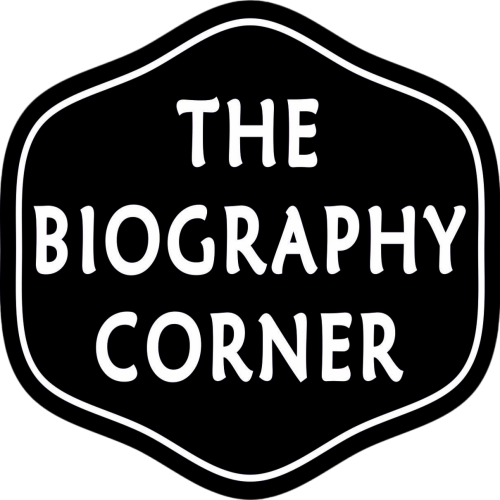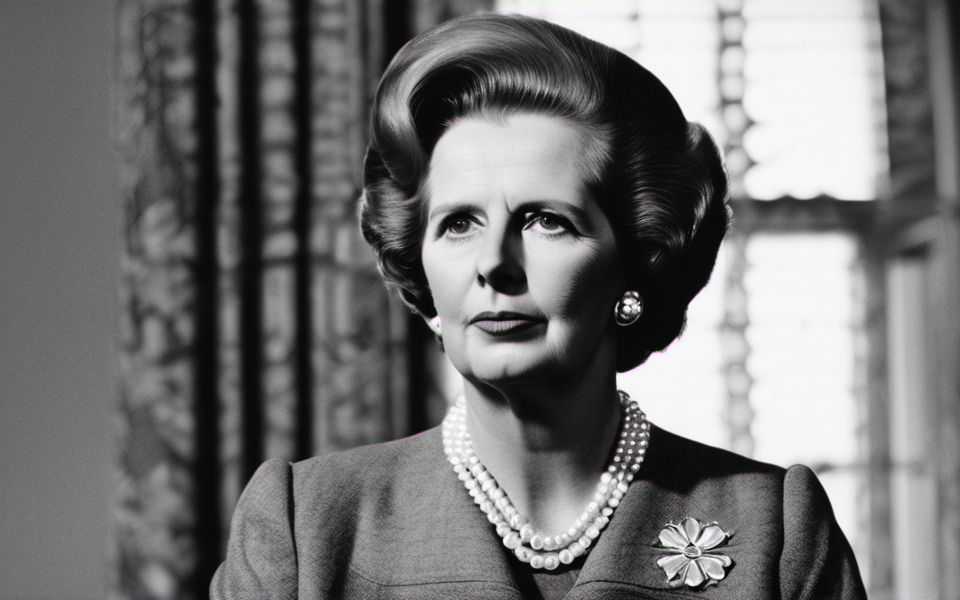Ever wondered how one woman could influence the course of history, particularly the end of the Cold War? Meet Margaret Thatcher, the Iron Lady herself, whose steadfast resolve and bold moves played a critical part in shaping the world as we know it today.
The Rise of the Iron Lady
Margaret Thatcher wasn’t always the formidable figure of authority she later became. Born in a modest town in England, she started her journey in politics with a lot of grit and ambition. Having joined the Conservative Party, she quickly climbed the ranks thanks to her sharp intellect and unyielding resolve. By 1979, she became the Prime Minister of the United Kingdom, the first woman to ever hold the position.
Thatcher’s leadership style was unlike any of her predecessors. She was tough, resolute, and often uncompromising, earning her the moniker “The Iron Lady.” But what set her apart was her strong belief in free market policies, privatization of state-owned companies, and reducing the power of trade unions. While these domestic policies made her a polarizing figure at home, it was her foreign policy that solidified her as a key player on the global stage.
The Thatcher-Reagan Alliance
One of the most significant factors in the end of the Cold War was the alliance between Margaret Thatcher and U.S. President Ronald Reagan. Both leaders shared a similar worldview; they were staunchly anti-communist and believed in the power of free markets. This ideological alignment created a powerful synergy between the U.S. and the U.K.
Thatcher and Reagan held frequent meetings and maintained a strong communication channel, ensuring they were always on the same page. This strong alliance allowed them to present a united front against the Soviet Union, putting immense pressure on the communist regime both economically and politically. Their coordinated efforts in supporting freedom movements within the Eastern Bloc further destabilized the Soviet grip over Eastern Europe.
Engaging with Gorbachev
While Thatcher’s relationship with Reagan was crucial, her dealings with Soviet leader Mikhail Gorbachev were equally significant. Unlike the confrontational stance she adopted with previous Soviet leaders, Thatcher saw something different in Gorbachev. She believed he was someone she could “do business with,” a sentiment she famously expressed after meeting him for the first time in 1984.
This initial meeting laid the groundwork for future diplomatic engagements. Thatcher’s pragmatic approach and open lines of communication with Gorbachev were pivotal in reducing tensions between the East and the West. Her influence on Reagan also played a role in encouraging the U.S. to engage more constructively with the Soviet Union, eventually leading to crucial arms reduction treaties and a thaw in the Cold War atmosphere.
The Fall of the Berlin Wall
The symbolic end of the Cold War came with the fall of the Berlin Wall in 1989, an event that Thatcher had indirectly influenced through her various policies and diplomatic efforts. She had always advocated for the right of nations to self-determination and supported the movements that sought to break free from Soviet control.
Thatcher’s unwavering resolve and strategic diplomacy were significant in encouraging Eastern European nations to pursue independence. The eventual reunification of Germany and the collapse of the Soviet Union marked the end of an era, one in which Margaret Thatcher had played a crucial role.
In retrospect, the Iron Lady’s strength and vision in the face of adversity not only reshaped her own country but also played a vital part in ending one of the most prolonged geopolitical standoffs in history. It’s a tale of resilience, diplomacy, and the indomitable spirit of a leader who believed in the power of freedom and democracy.






